The speed and scale of data mining, analysis and processing by artificial intelligence (AI) systems is driving innovation forward across sectors at exponential rates.
In areas such as drug discovery, AI is drastically reducing the lead time for creating new chemical compounds and drugs.
Recent examples include the first AI-designed drug intended to treat obsessive-compulsive disorder entering clinical trials after 12 months instead of four to six years;1 AI discovery of an entirely new strain of broad class antibiotic;2 and new drug discovery pathways for treating cancer or neurodegenerative diseases.3
AI is also making valuable advances in virtual screening of repurposed drug candidates and new chemical entities to treat COVID-19.4
For lawyers and regulators, AI’s capacity leap is positioning patent systems around the world on the edge of a paradigm shift.
To date, AI systems have been tools humans use to invent, which is amply accommodated by most countries’ regulatory frameworks. However, a matrix of global patent filings and court challenges by an AI engineer, Stephen Thaler, raises the interesting question of whether patent law can recognise an AI system as an autonomous inventor.
Thaler says his AI system, nicknamed ‘DABUS’ (Device for the Autonomous Bootstrapping of Unified Sentience), not only autonomously generates patentable inventions but “perceives like a person, thinks like a person, and subjectively feels like a person, abductively implicating it as a person, albeit a noncorporeal one”.5
To validate this, Thaler initiated the Artificial Inventor Project, filing original patent applications for two DABUS inventions (food container and ‘neural flame’ emergency light beacon, pictured) in the United Kingdom, and Patent Cooperation Treaty applications in 16 other countries, naming DABUS as inventor.6
A food container wall as depicted in PCT/IB2019/057809.7
Essentially, the test cases focus on relatively ‘prosaic’8 issues of statutory construction: does the relevant patent legislation permit DABUS to be named as inventor,9 and does it recognise the ability of Thaler to derive title to the inventions from DABUS as inventor?10
Thaler’s applications were denied in the UK, Germany, Europe, the United States and most recently New Zealand, although Thaler looks set to appeal.11 A patent was granted in South Africa, although this was not by virtue of a court determination but because South Africa’s patent system does not require substantive examination.12
In Australia, Thaler’s application in September 2019 sparked intense debate as to the role that AI may take within the structure of the Patents Act 1990 (Cth) (Patents Act) and Patents Regulations 1991 (Cth) (Patents Regulations). After denial on the issues of AI inventorship and derivation of title by the Patent Office,13 Thaler appealed to the Federal Court.
In a surprise move, on 30 July 2021 Justice Beach14 set aside the earlier decision, ruling that an AI machine could be named as inventor.
Unlike the US and UK, the Australian legislation does not define ‘inventor’, which perhaps made our statutory scheme more malleable than other jurisdictions. Beach J accepted Thaler’s argument that there was nothing in the Act to expressly exclude AI inventors (such as moral rights for copyright authors).
Beach J’s reasoning on point did not take the traditional path of looking to ordinary English meaning to elucidate the construction of a statutory term.15 Beach J rejected guidance from the JMVB16 and Stack17 cases that suggested an ‘inventor’ would be construed as the human person who invents.
Moreover, there was no consideration of guidance from the High Court in the NRDC18 and Myriad19 cases suggesting that inventors are human: “[w]hatever [an invention] is, it must be something brought about by human action”.20
Instead, Beach J classified ‘inventor’ as an ‘agent noun’ – which could accommodate either a person or a thing. Hence, DABUS could be an inventor.21 Policy, incentivisation of the nascent field of AI development, and the newly-inserted objects clause in s2A of the Patents Act were strong drivers of Beach J’s decision.22
A Neural Flame as depicted in PCT/IB2019/057809.7
On the entitlement issue, Beach J accepted Thaler’s argument that he had derived title from DABUS analogously to the doctrine of accession, whereby a person’s ownership of a thing (such as a farmer’s ownership of a tree or cow) means they also own things issuing from it (such as the fruit from the tree or calf from the cow).
Since Thaler owned and possessed DABUS, owned copyright in the source code, and was programmer, trainer and investor, he had ‘derived title’ to DABUS’ inventions.23 Derivation did not require an initial vesting of title in the putative inventor.
On 13 April 2022, the Full Federal Court in Commissioner of Patents v Thaler24 unanimously overturned the original decision and allowed an appeal by the Commissioner of Patents, bringing Australia into line with the general tenor of decisions globally.
Much like the judgment in the UK Court of Appeal, the Full Court observed that statutory construction is a ‘prosaic’25 ‘text-based activity’26 and that, while policy questions might inform the court’s task, “the surest guide to ascertaining the legislative intention is the language of the text of the legislation itself”.27
Following a careful review of the role of ‘inventor’ in patent legislative history, the court drew support from the origin of entitlement to the grant of a patent, which lies in human endeavour and is rewarded by the grant of a limited term monopoly.28
The court accepted the guidance in Stack that “a patent may only be granted to the inventor or somebody claiming through the inventor”,29 and the guidance from the Myriad and NRDC High Court cases noted above.30 Accordingly, only a natural person could be an inventor.31
In the absence of identifying a natural person as the inventor, the question of entitlement to the grant of a patent under sections 15(1)(b)-(d) did not arise.32
Interestingly, the court also rejected Thaler’s policy-driven contentions on incentivisation – that is, if DABUS were denied inventorship, no AI-generated inventions would be patentable, undermining the intention of the legislation to facilitate innovation.33
Instead, the court observed that the position on DABUS’ inventorship had been a fact agreed by the parties, whereas the characterisation of inventorship is actually a question of law. This had precluded the court from exploring the important issue of whether the application the subject of appeal had, as a matter of law, a human inventor. Thus, the issue remained undecided.34
Perhaps the biggest takeaway from this latest decision was best summed up by the court: Thaler had “no doubt intended to provoke debate on the role that artificial intelligence may take … [which is] important and worthwhile”.
Significant policy questions such as whether inventorship should be redefined to include AI, and who should hold any patents issuing on the output, remain. The impact on inventive step must also be considered.
As the court said, such questions “should be attended to with some urgency”35 – but not by means of statutory construction by reference to desirable policy and imputing that policy into the legislation.
While Thaler failed in this appeal, his Artificial Inventor Project has certainly succeeded in highlighting the need for global dialogue and regulatory harmonisation on the approach to patentability of AI inventions, given their increasing commercial and social importance.
Dr Amanda-Jane George is a senior lecturer at CQ University and a member of the Queensland Law Society Privacy, Data, Technology and Intellectual Property Committee. Julie-Anne Tarr is a Professor at the QUT Faculty of Business and Law. Jaime Gunning is a Legal Assistant at Queensland Law Society.
Footnotes
1 Talha Burki, ‘A new paradigm for drug development’ (2020) 2(5) The Lancet: Digital Health (May 2020).
2 Jonathan M Stokes et al, ‘A deep learning approach to antibiotic discovery’(2020) 180(4) Cell 688.
3 Jo Marchant, ‘Powerful antibiotics discovered using AI’ , Nature News (website, 20 February 2020).
4 Arash Keshavarzi Arshadi et al, ‘Artificial intelligence for COVID-19 drug discovery and vaccine development’ (2020) Frontiers in Artificial Intelligence.
5 Stephen Thaler, ‘Vast topological learning and sentient AGI’ (2021) 8(1) Journal of Artificial Intelligence and Consciousness 81, 108.
6 See the Artificial Inventor website maintained by Thaler’s legal team.
7 Stephen Thaler, ‘Food Container And Devices And Methods For Attracting Enhanced Attention’, PCT application PCT/IB2019/057809.
8 Commissioner of Patents v Thaler [2022] FCAFC 62, [119] (Thaler Full Court).
9 In all jurisdictions, patent law requires an applicant to comply with ‘formalities’ – including stipulating the name of the inventor. In Australia, see r3.2C(aa) of the Patents Regulations 1991 (Cth).
10 In Australia, s15 of the Patents Act 1990 (Cth) relevantly stipulates that patents may only be granted to an inventor (s15(1)(a)), or to someone deriving title in a recognised manner, such as by assignment (s15(1)(b)) or ‘deriving title’ either from the inventor or assignee (s15(1)(c)).
11 At least in relation to the UK, German, European and US decisions: Artificial Inventor website (n6).
12 For a detailed breakdown of jurisdictional outcomes, see AJ George and Julie-Anne Tarr, ‘World first: An Australian court opens the door to inventor recognition for artificial intelligence systems’ (2021) 49 Australian Business Law Review 259.
13 Stephen L Thaler [2021] APO 5 (9 February 2021).
14 Thaler v Commissioner of Patents [2021] FCA 879 (Thaler first instance).
15 JMVB Enterprises Pty Ltd v Camoflag Pty Ltd [2006] FCAFC 141.
16 Ibid [71].
17 Stack v Davies Shepherd Pty Ltd (2001) 108 FCR 422, [21].
18 National Research Development Corp v Commissioner of Patents (1959) 102 CLR 252 at 276–277.
19 D’Arcy v Myriad Genetics Inc (2015) 258 CLR 334. See George and Tarr (n12).
20 Ibid [28]. Emphasis added.
21 Thaler first instance (n 14), [120].
22 See George and Tarr (n12).
23 Ibid [194]-[195]. This argument was dismissed in the UK, given that information regarding inventions is non-rivalrous and cannot be exclusively possessed; the doctrine of accession had not previously been applied to intangibles, but only tangibles: Thaler v Comptroller-General of Patents Trade Marks and Designs [2021] EWCA Civ 1374, [102].
24 Thaler Full Court (n8).
25 Ibid [119].
26 Ibid [83].
27 Ibid.
28 Ibid [116].
29 Stack (n19) [21]. Emphasis added.
30 Thaler Full Court (n 8), [115]-[116].
31 Ibid [113].
32 Ibid.
33 Ibid [121].
34 Ibid.
35 Ibid [120].


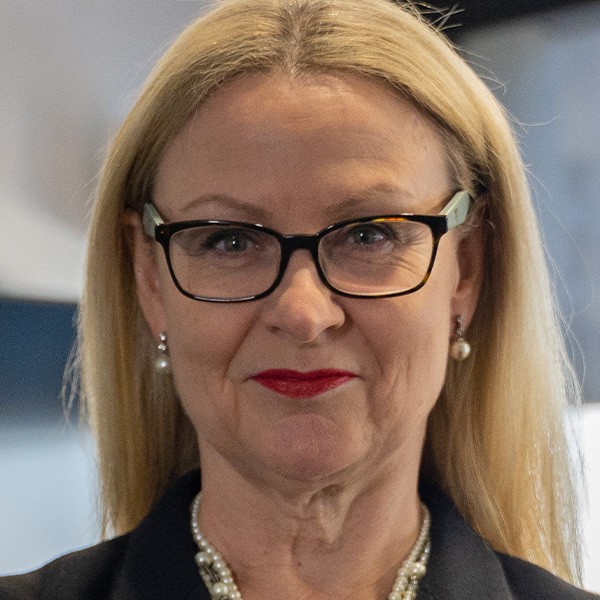
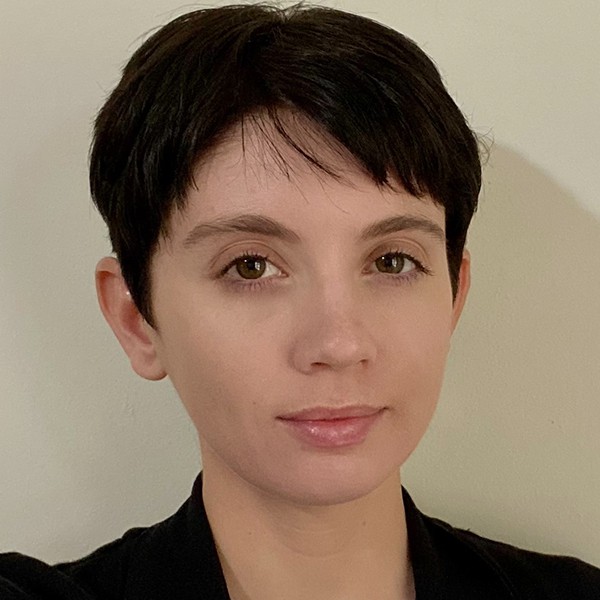
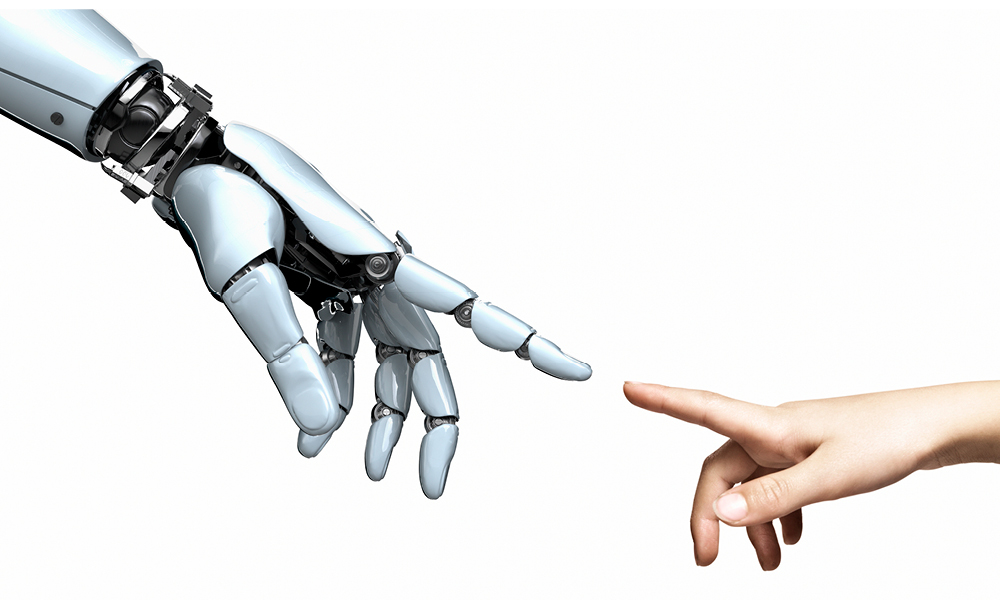

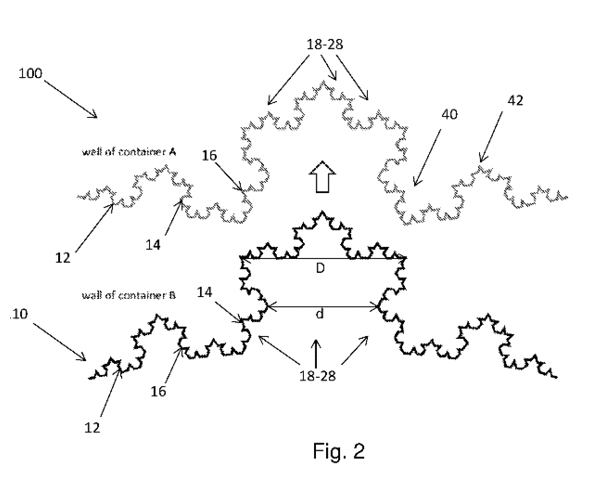
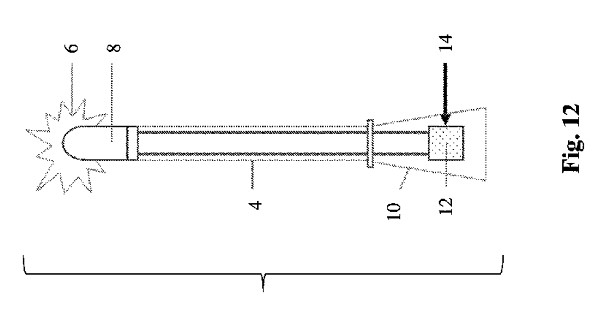
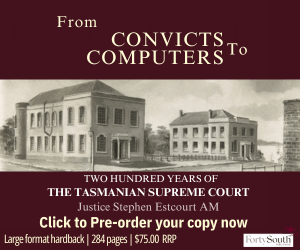

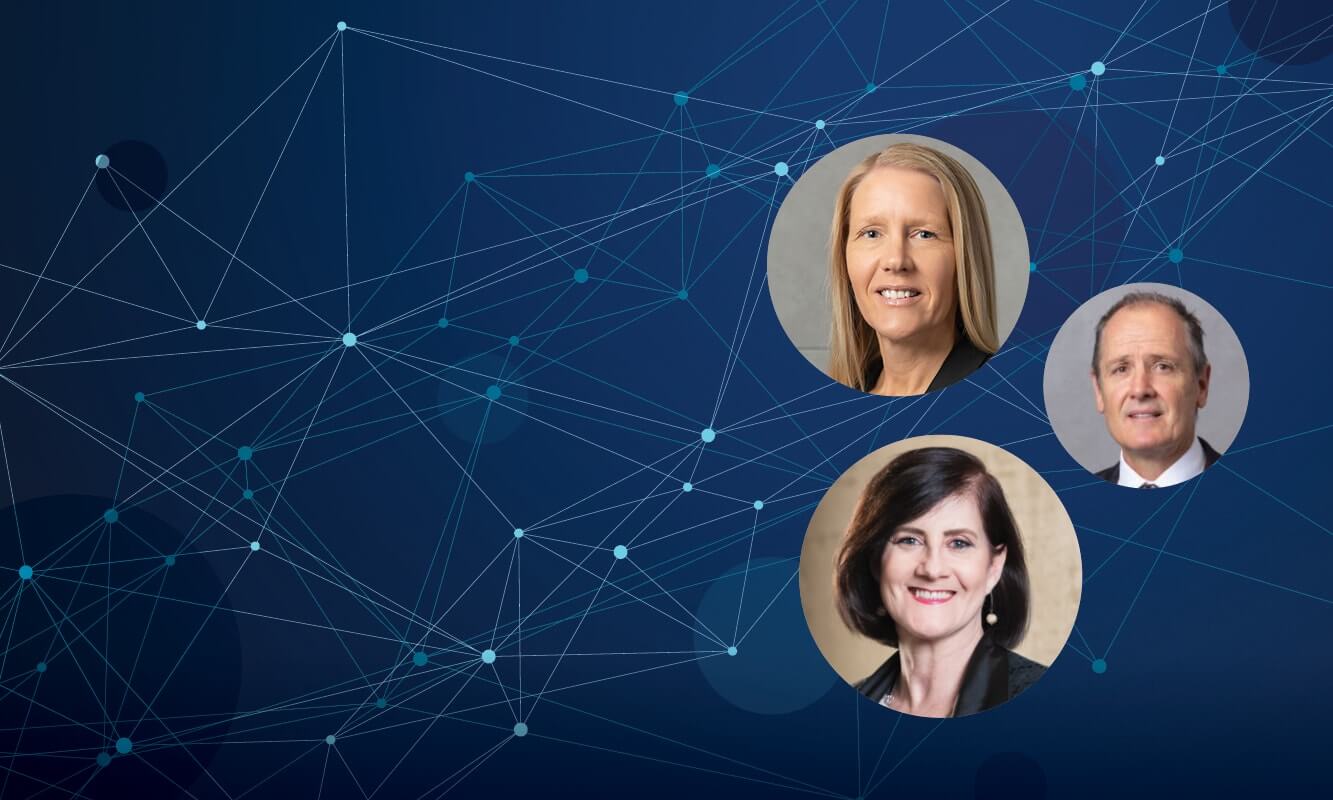
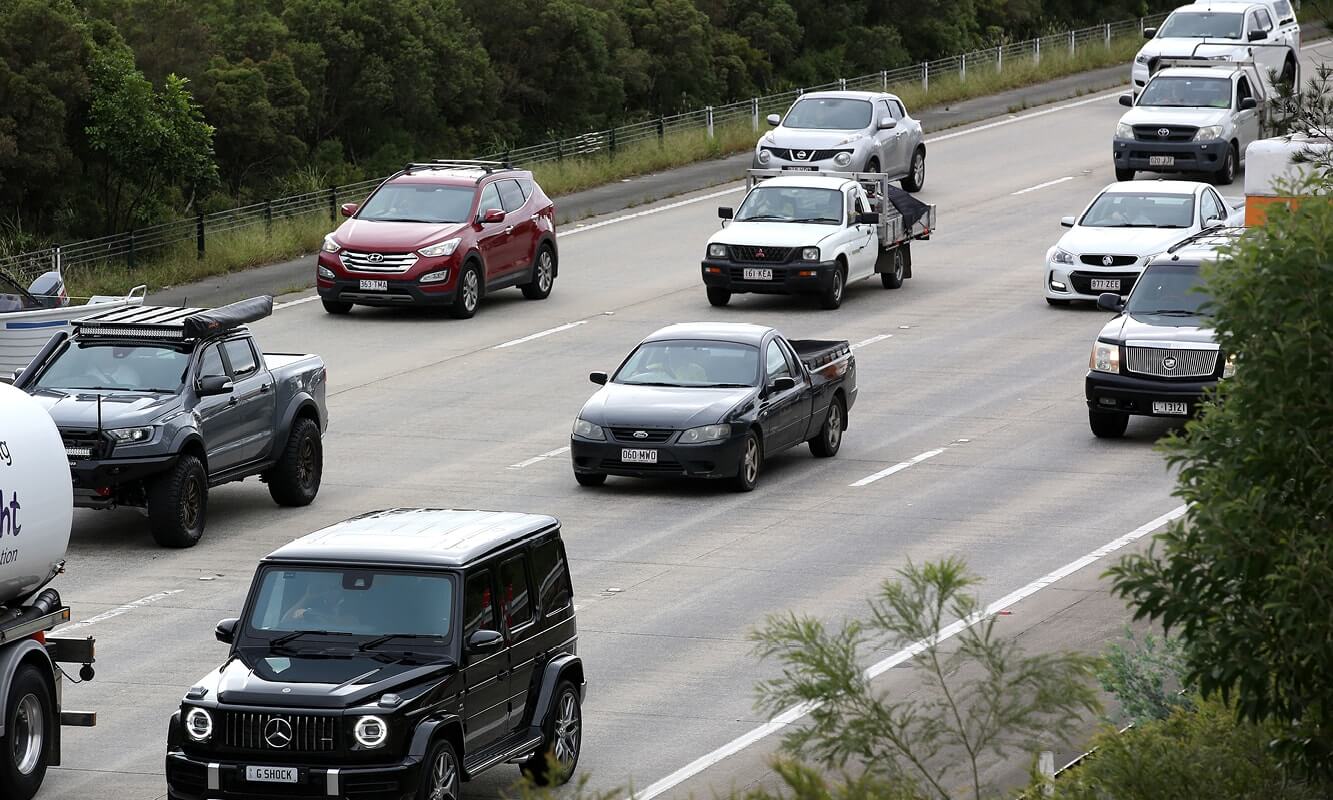
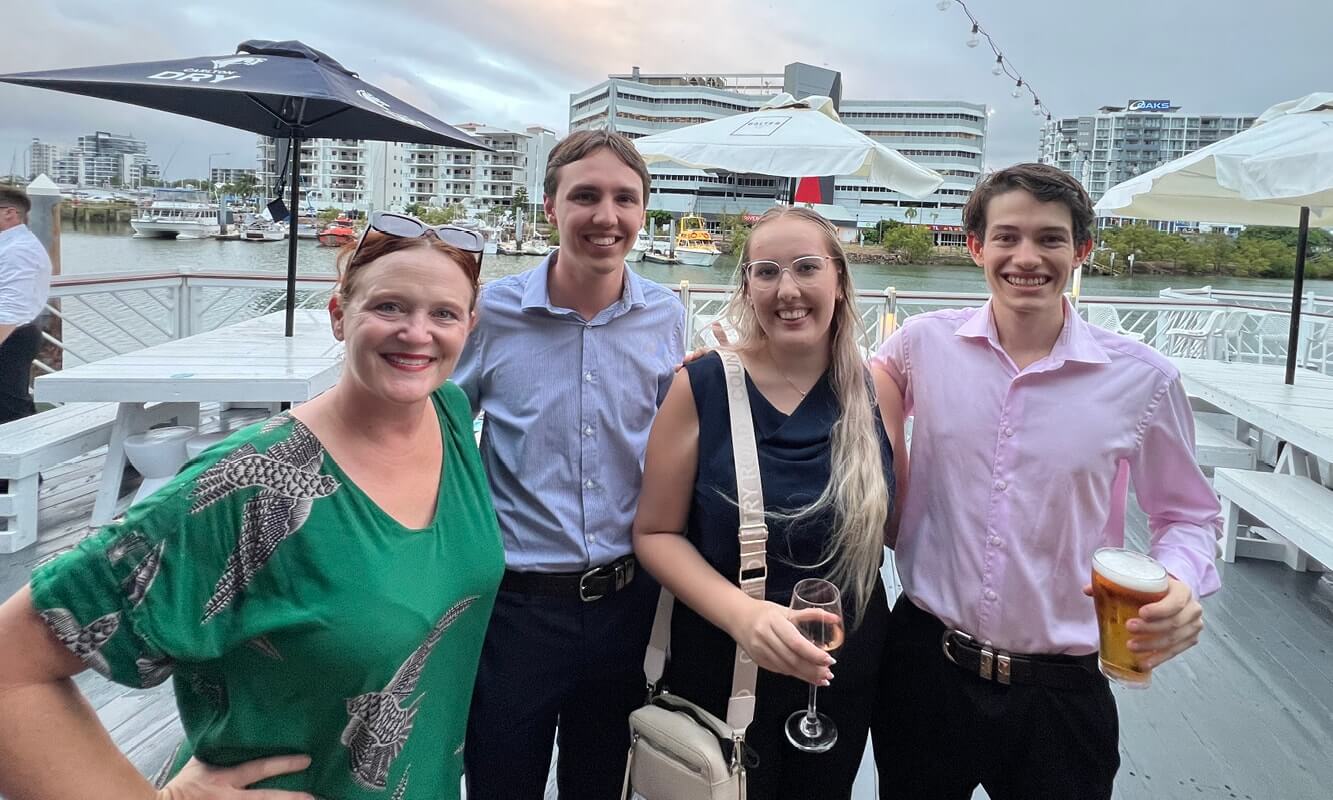


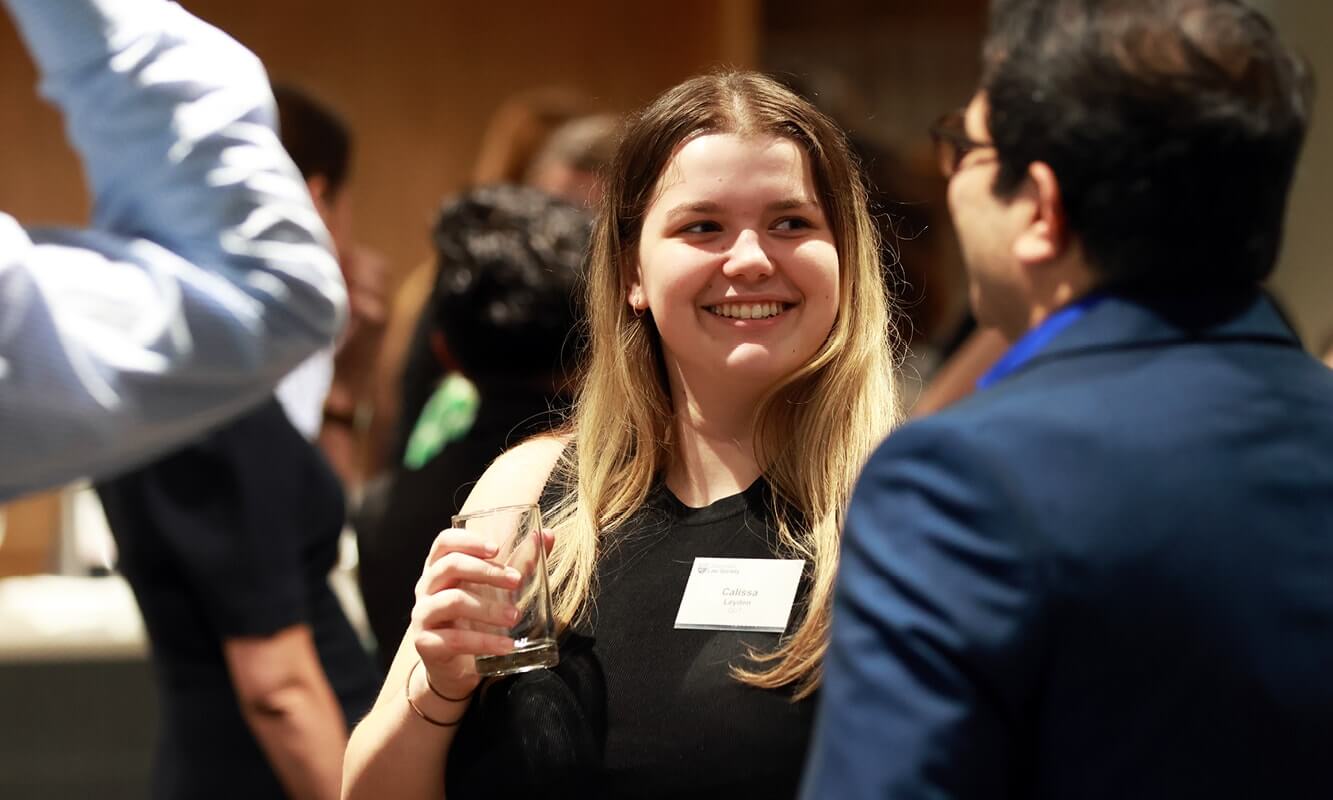

Share this article